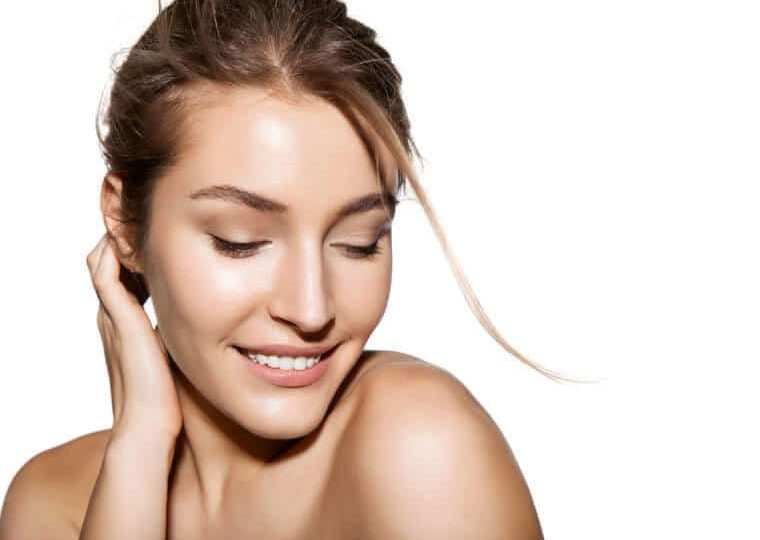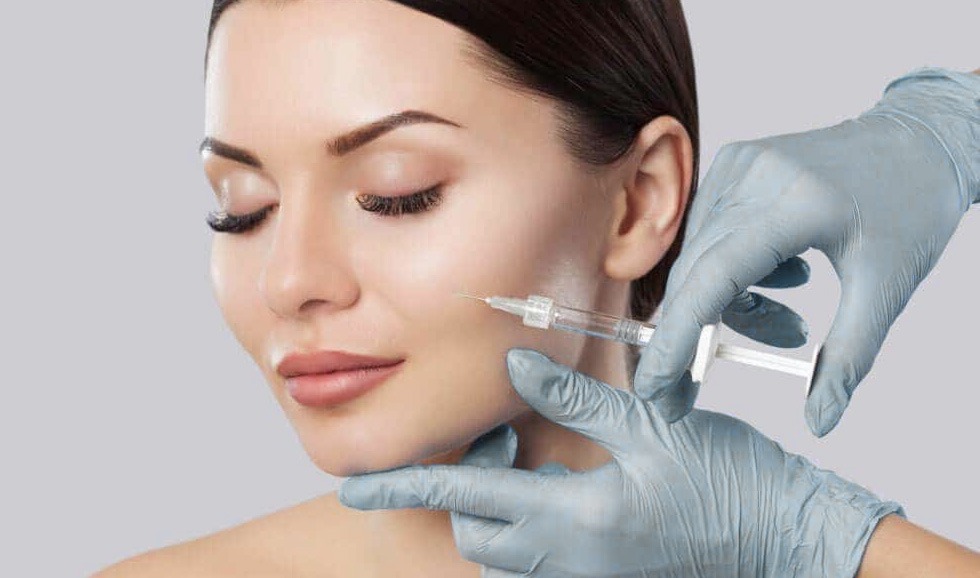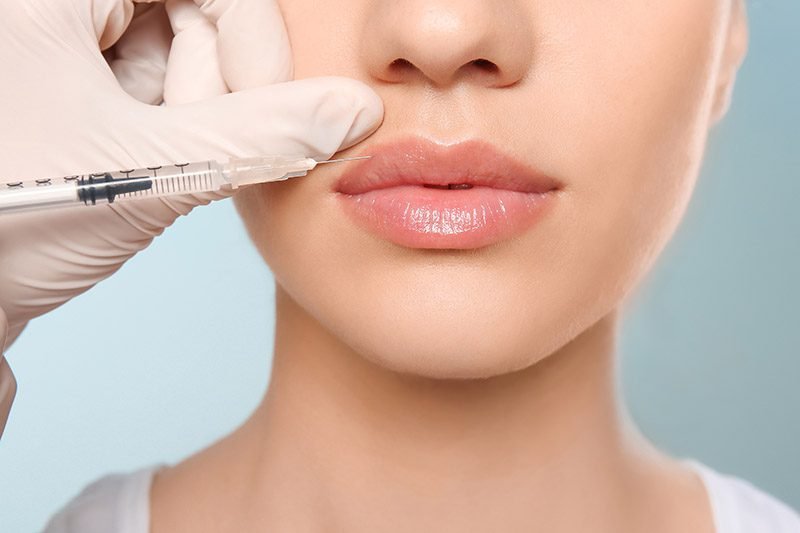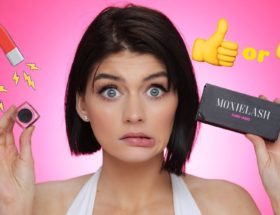
Botox vs Fillers
Injection-based cosmetic procedures like Botox and dermal fillers Montclair are often administered in a doctor’s office. They don’t require surgery because they are minimally invasive. But that is the extent of their commonalities. According to the American Society of Plastic Surgeons, almost 9 million procedures using Botox and dermal fillers were performed in 2015. (ASPS). Purified bacteria in Botox freeze muscles. By doing this, Botox can assist in reducing the visibility of lines and wrinkles brought on by facial emotions. Ingredients in dermal fillers give fullness to regions that have thinned with age. The cheeks, lips, and area surrounding the mouth are frequent places for this thinning.
The botulinum toxin is a bacterial toxin that is refined and used as botox. The minute, controlled dose of Botox used to treat wrinkles has been used successfully for decades even though bigger doses are fatal. Botox blocks nerve signals in the muscles where it is injected, which is how it functions. The damaged muscle is momentarily paralyzed or locked when such nerve impulses are disrupted. Certain wrinkles may be smoothed, lessened, or even erased without the use of certain specific facial muscles. Neuromodulators and neurotoxins are additional names for Botox and other medications created with botulinum toxin. Botulinum toxin-based procedures are marketed as Botox Cosmetic, Dysport, and Xeomin.
What issues may Botox treat?
Only wrinkles brought on by muscular muscle action can be treated with Botox. Dynamic wrinkles, sometimes known as “expression lines,” are those. The lines on the upper face, such as the “11” between the brows, horizontal lines on the forehead, and crow’s feet around the eyes, are the most typical dynamic wrinkles that Botox can address. Smiling, frowning, squinting, and other facial emotions all contribute to the formation of these lines. Fine lines and wrinkles brought on by sagging or a lack of facial plumpness will not be treated with Botox. Static wrinkles are what these are. Cheek, neck, and jowl lines are examples of static wrinkles. Botox is not a cure that lasts forever. To maintain the results of wrinkle reduction, further treatments are required.

Considerations and side effects of Botox
According to the ASPS, Botox is safe, and 6.7 million operations were carried out in 2015. Most Botox adverse effects are transient and go off over time.
The following are possible Botox adverse effects:
Eyelid or brow lowering if administered close to the eye, along with weakening or paralysis of adjacent muscles
Itching, hives, rashes, or discomfort that is accompanied by swelling, numbness, or redness
Dry mouth, headache, and flu-like symptoms
Nausea difficulties breathing, speaking, or swallowing
Issue with gallbladder
Issues with eyesight or hazy vision
Antibodies that counteract the toxin might potentially prevent the therapy from working.
However, less than 1% of patients who have repeated Botox injections experience this.
Following a Botox injection, the ASPS advises against massaging or rubbing the region. This could cause the poison to spread to nearby skin, leading to muscle drooping and other issues.
Injections of Botox typically cost $385, according to ASPS figures from 2016.
How do dermal fillers work?
Lip fillers may be able to bolster thinning lips.
Dermal fillers are chemicals that are injected beneath the skin’s surface to increase volume and fullness. They are also known as soft tissue fillers.
Dermal fillers contain many materials, such as:
Bones include calcium hydroxylapatite, a substance that resembles a mineral.
Hyaluronic acid is present in several bodily fluids and tissues and gives the skin a plump appearance.
A transparent gel called polyalkylimide is safe for the body
The skin is stimulated to produce more collagen by polylactic acid.
Microspheres made of polymethyl-methacrylate (PMMA), semi-permanent filler
Each of these is intended to cure certain aging symptoms or aesthetic problems.
They differ in terms of how long they last and how long it takes them to function. While some fillers may last six months, some might stay for two years or longer.
To find out which filler would be ideal for them, people should talk to their doctor about their specific requirements and goals.
What flaws can dermal fillers fix?
Dermal fillers come in a variety of forms and are intended to address various aging symptoms. The filler they choose will determine whether they:
Thicken thinning lips
Enhance or fill in shallow facial regions, lessen or eliminate the lower eyelid’s shadow or wrinkle behind the eyes, and fill in or soften the appearance of sunken scars.
Static creases should be filled up or softened, especially on the lower face.
Along the cheekbones and around the lips are examples of static wrinkles. These wrinkles are often brought on by the skin losing its suppleness and collagen.
Risks and factors related to dermal fillers
Although dermal fillers are thought to be safe, adverse effects can nonetheless happen. All dermal filler operations should be carried out by licensed healthcare expert utilizing only FDA-approved fillers administered using a syringe. The most frequent issues are skin rash, itching, or pimple-like eruptions; redness, bruising, bleeding, or swelling; an unfavorable look, Such as lumps or overcorrected wrinkles; the ability to feel the filler material beneath the skin; and blindness or other eyesight issues.

Due to a reduction in blood supply to the region, skin cells die
The practitioner doing the procedure, the region being treated, and the kind of filler chosen all influence the cost of dermal filler treatments.
Radiesse, a calcium hydroxylapatite product, costs $687. Juvederm, Restylane, or Belotero, a hyaluronic acid product, costs $644.
Microspheres made of polymethyl-methacrylate, such as Bellafill, or polylactic acid, such as Sculptra, cost $859.
Depending on how much filler is utilized, these expenses might be more or lower. It could be less expensive to use a smaller amount of filler than a complete syringe or many.
Additional fees for the provider’s professional services, office visits, or other expenses are possible.
Key variations
The following are a few examples of how Botox and fillers differ:
Botox: This paralyzes muscles to prevent lines and wrinkles brought on by frowning. These are often seen on the forehead and the area surrounding the eyes on the top face.
Hyaluronic acid and related compounds are used in dermal fillers to “fill in” plump regions that have lost volume and smoothness. This comprises lines around the mouth, slender lips, and hollowed-out cheeks. They may also be applied on scars, crow’s feet, and other places that require more volume for a smoother appearance.
The effects of botox remain for 3 to 4 months. Results from dermal fillers vary based on the filler used.









